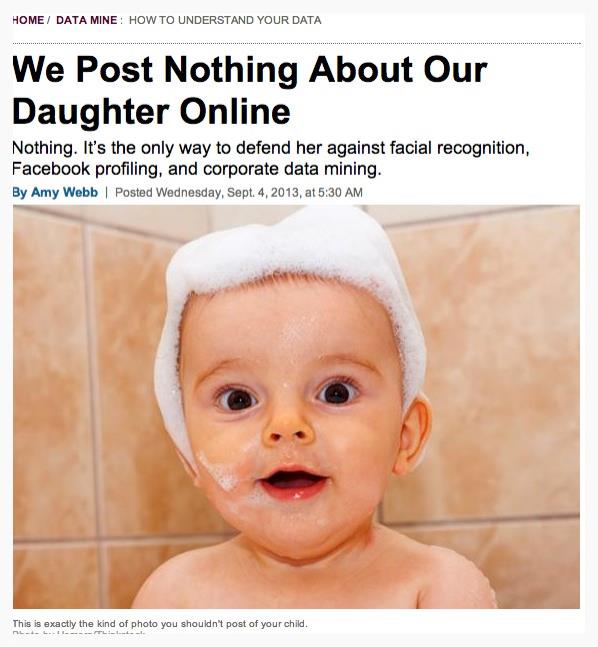Ontario Privacy in Public Spaces Decision: The Need to Recognize Privacy as a Dignity Baseline, Not an Injury-Based Claim
/An Ottawa woman has successfully argued for a privacy right in public spaces. After video of her jogging along the parkway was included in a commercial, she sued for breach of privacy and appropriation of personality.
"The filming of Mme. Vanderveen's likeness was a deliberate and significant invasion of her privacy given its use in a commercial video," the judge added.
While pleased with the outcome, I’m a little uncomfortable with the presentation (and not sure whether that’s about the claimant or the media). It appears that the privacy arguments here were grounded in “dignity”, and particularly in self-image. That is, at the time the video was taken, the claimant was (or felt herself to be) overweight and had only recently taken up jogging after the birth of her children. She testified that she thought the video made her look overweight and it caused her anxiety and discomfort. As her lawyer stated, “[s]he’s an incredibly fit person. And here’s this video — she looks fine in it — except that when she sees it, she doesn’t see herself. That’s the dignity aspect of privacy that’s protected in the law.”
In response, the company appears also to have focussed on self-esteem and injury. “They made the argument that if they don’t use someone’s image in a way that is embarrassing or if they don’t portray someone in an unflattering light — here it is just her jogging and it’s not inherently objectionable — that they should be allowed to use the footage. In contrast, the claimant argued that how someone sees themself is more important than how a third person sees them.”
Why does this bother me? For the same reason that the damage threshold bothers me….because invasion of privacy is an injury in and of itself.
By focussing on her self-image and dignity, we’re left to wonder whether, if another individual had been filmed without their consent, had tried to cover their face when they saw the camera (as did the claimant here) and yet was included in the video, would a court come to the same result? Or is there some flavour of “intention infliction of emotional suffering” creeping into this decision? When the judge states that “I find that a reasonable person, this legally fictitious person who plays an important role in legal determinations, would regard the privacy invasion as highly offensive and the plaintiff testified as to the distress, humiliation or anguish that it caused her” what “injuries” are implicitly being normalized? The source of the injury seems to be that of being (or believing oneself to look) overweight – is (and should) size be conflated with humiliation? The judge concludes that while “Mme Vanderveen is concerned about the persona that she presents and about her personal privacy I find that she is not unusually concerned or unduly sensitive about this” but I find myself wondering about the social context. Would a man claiming the same distress/humiliation/anguish in this situation have been taken as seriously?
The judge found that "[t]he photographer was not just filming a moving river, he or she was waiting for a runner to jog along the adjacent jogging trail to advertise the possibility of the particular activity in Westboro." Because of the desire to capture someone running, part of the damages included an estimate of what it would have cost to hire an actor to run along the river. This is where the privacy breach takes place – the deliberate capture of an individual’s image, and its use without their knowledge or consent for commercial purposes.
The issue isn’t how she felt about herself, nor whether she like(d) the way she looks in the video – it is the act of making and using the video of her in the first place. When we focus on the injury to her dignity, we risk misdirecting the focus, making it about the individual rather than about the act of privacy invasion.
Individuals shouldn’t have to display their wounds in order to be considered worthy of the protection of law. Rather, law should be penalizing those who do not take care to protect and respect privacy. That’s how we respect dignity – by recognizing it as an inherent right possessed by persons, with a concurrent right not to have that privacy invaded.









